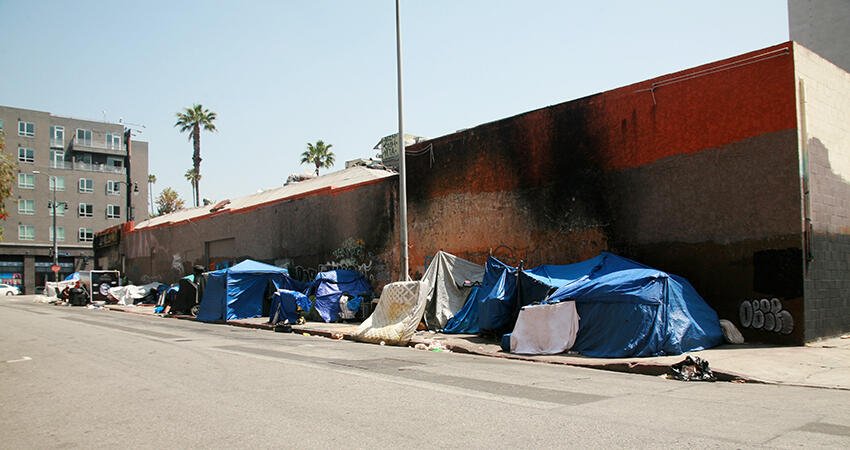
(mikeledray/Shutterstock)
Without Housing Solutions, the Rise of Aged Homelessness Could Create a Public Health Crisis
- Title:
-
The Emerging Crisis of Aged Homelessness: Could Housing Solutions Be Funded by Avoidance of Excess Shelter, Hospital, and Nursing Home Costs?
- Author:
-
Dennis Culhane, PhD, Dan Treglia, PhD, Thomas Byrne, PhD, Stephen Metraux, PhD, Randall Kuhn, PhD, Kelly Doran, MD MHS, Eileen Johns, MPA, Maryanne Schretzman, DSW
- Source:
- Publication Date:
-
2019
The number of older adults experiencing homelessness is rising, and related health care costs, including hospital and nursing homes, are expected to increase, too. Without intervention, this could lead to an expensive public health crisis. Previous research suggests that placing people experiencing homelessness in permanent housing is associated with cost savings and reduced use of shelter, health, and nursing home services. Is this the solution to preventing a crisis?
This report summarizes a multisite study in Boston, New York City, and Los Angeles County to estimate the future needs of the older population of people experiencing homelessness and the effects of their needs on health and shelter systems, as well as resulting costs. The authors forecasted the size of the aged population of people experiencing homelessness to 2030 and projected costs associated with the use of shelter, health care, and long-term care by the aged population. The authors used cluster analysis to segment the forecasted aged population based on the intensity of health and shelter use into four groups. Next, they proposed housing and service intervention models matched to the groups’ varying levels of housing and service needs. The authors concluded with potential service cost reductions associated with housing interventions based on prior literature, with the net cost of proposed housing interventions based on the potential for shelter, health, and nursing home offsets.
The report ends by considering how to pay for potential housing solutions, given the complexity of current funding streams. The authors posit that without new housing solutions, public resources will be spent unnecessarily on excess shelter, health, and long-term care.
Key findings
- Forecasts show significant growth for the older adult population experiencing homelessness, most notably for those older than 65, over the next decade. Projections show that the number of people older than 55 experiencing homelessness could grow to 225,000 by 2026, up from 170,000 in 2017. This growth is mostly driven by a 165 percent increase in the population of people older than 65 (from 40,000 in 2017 to 106,000 by 2030).
- The authors extrapolated cost data in this study to the country as a whole and found the older adult population could cost the nation $5 billion, on average, in health and shelter use. Annual costs for shelter and health care services could triple in New York City, from $150 million in 2011 to $461 million by 2030.
- Targeted housing interventions such as permanent supportive housing and enhanced social services could reduce excess service use costs, with potential net cost savings as high as $4,400 per individual for those 70 and older.
Policy implications
- Targeted housing interventions can result in large cost savings and returns on investment, reducing the burden on hospitals, emergency departments, and shelters.
- Providing subsidies or matching funds to Medicaid managed care organizations may provide incentivizes for them to invest more in housing interventions.
- Reallocating existing public funding from excess shelter and health care costs to support more supportive housing interventions can prevent unnecessary expenditures on emergency services.


